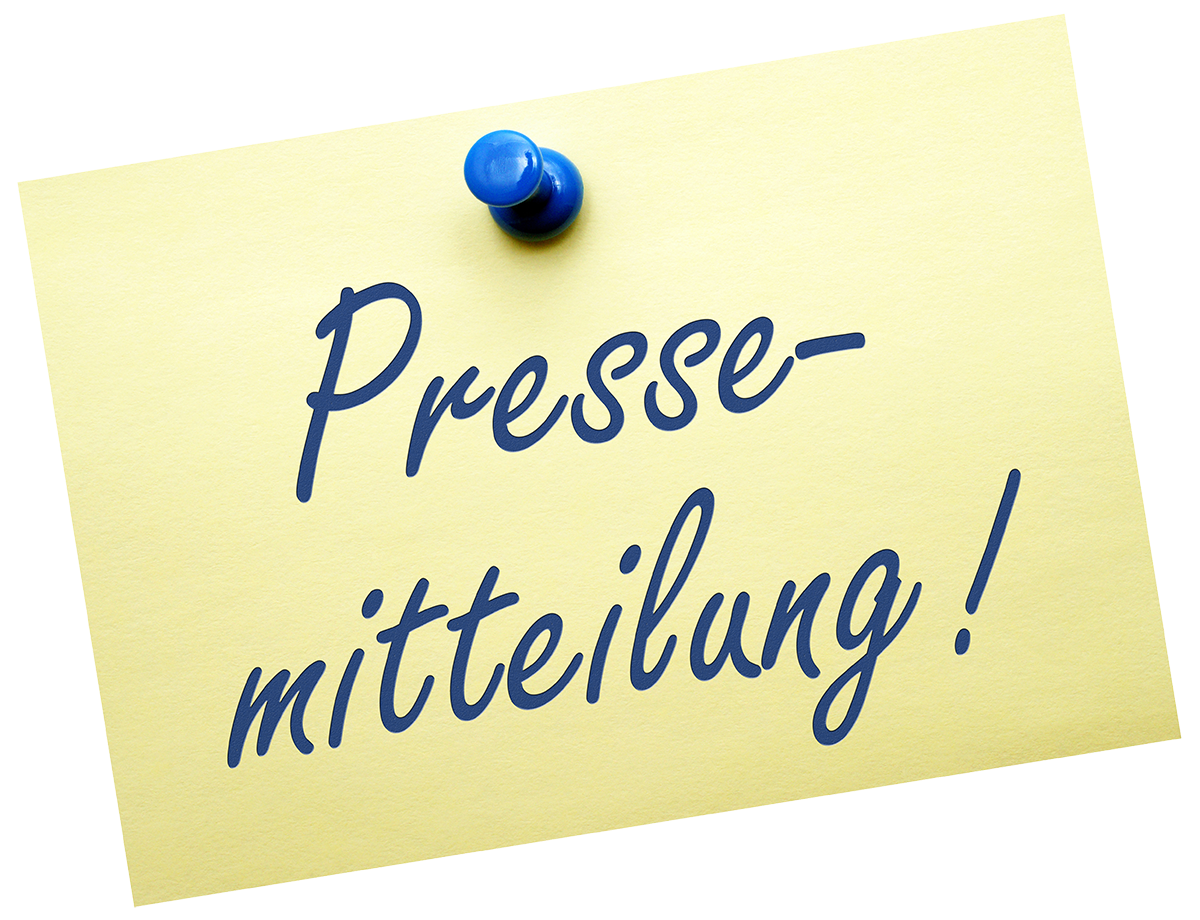Paraphrasing - Counselling Skills Academy
Practice paraphrasing in your own stimulated skills sessions. Try to look for the full person when paraphrasing, e.g. not just the client’s words, but also their body language, facial expressions, and way of being within the counselling relationship. Record these sessions (with your peer’s consent) and listen back to them. Speak to your peers about paraphrasing. Evaluate each other’s skills and explore how you might paraphrase more effectively. Look whether you’re getting empathic connection within your paraphrasing. Search out moments of movement when you paraphrase. Ask how paraphrasing affects both the client and you, as a counsellor. Paraphrasing is definitely something that should be debated. I hope that this chapter will encourage you to go out there with a new passion for - and a new way of looking at - paraphrasing! What else can we use when we’re not sure what exactly a client means? For example, if a client was speaking about his brother and father, he might say: ‘I really struggle with my brother and my father. They don’t get on, and at times he makes me so angry.’ Who does the client mean by ‘he’: the brother or the father? Not knowing who makes him angry means I cannot be fully within the client’s frame of reference. I could ask: ‘Sorry, just so I can understand, who it is that you’re angry at - your father or your brother? ’ This risks ripping the client out of that emotion (the anger). Instead, we could use reflection: ‘He makes you so angry.’ This invites the client to expand on what he has said. He might say: ‘Yes, ever since I was a young boy, my dad was always… ’ In this case, I didn’t need to ask a question - we’re still in the feelings, and I’ve got what I needed in order to be fully in the client’s frame of reference.
 A Washington state man is accused of swapping furniture with his neighbors while they were away. “The News Tribune reports the Lakewood man and a friend who is accused of helping him pleaded not guilty Wednesday to charges of residential burglary. “Court papers say a couple who returned to their apartment Monday found their love seat, matching chair and other belongings gone. A recliner and TV stand were left in their place. Information on a traffic ticket and pizza receipt pointed to the neighbor. “The man told police he thought the couple had moved and abandoned their furniture. Incorrect: A man switched furniture with his neighbor. Where do I start with the problems here? First, there is no citation. Without the citation, the paraphrase is plagiarized. Second, the paraphrase is too brief and does not summarize the information accurately. While the man did switch furniture with his neighbors, it’s important to note that he did so without his neighbor’s knowledge and while he was drunk.
A Washington state man is accused of swapping furniture with his neighbors while they were away. “The News Tribune reports the Lakewood man and a friend who is accused of helping him pleaded not guilty Wednesday to charges of residential burglary. “Court papers say a couple who returned to their apartment Monday found their love seat, matching chair and other belongings gone. A recliner and TV stand were left in their place. Information on a traffic ticket and pizza receipt pointed to the neighbor. “The man told police he thought the couple had moved and abandoned their furniture. Incorrect: A man switched furniture with his neighbor. Where do I start with the problems here? First, there is no citation. Without the citation, the paraphrase is plagiarized. Second, the paraphrase is too brief and does not summarize the information accurately. While the man did switch furniture with his neighbors, it’s important to note that he did so without his neighbor’s knowledge and while he was drunk.
Additionally, a good paraphrase usually is lexically dissimilar from its source phrase. The simplest method used to evaluate paraphrase generation would be through the use of human judges. Unfortunately, evaluation through human judges tends to be time-consuming. Automated approaches to evaluation prove to be challenging as it is essentially a problem as difficult as paraphrase recognition. While originally used to evaluate machine translations, bilingual evaluation understudy (BLEU) has been used successfully to evaluate paraphrase generation models as well. However, paraphrases often have several lexically different but equally valid solutions, hurting BLEU and other similar evaluation metrics. ParaMetric. PINC is designed to be used with BLEU and help cover its inadequacies. Since BLEU has difficulty measuring lexical dissimilarity, PINC is a measurement of the lack of n-gram overlap between a source sentence and a candidate paraphrase. It is essentially the Jaccard distance between the sentence, excluding n-grams that appear in the source sentence to maintain some semantic equivalence.
Quillbot aids in this by ensuring that the paraphrased content it generates is free from plagiarism. The tool’s AI-driven algorithms are designed to create unique and authentic content by rephrasing sentences in a manner that retains the original message while avoiding duplication. Quillbot also provides users with the option to compare their paraphrased text with the original, enabling them to ensure that their work remains true to its source while offering a fresh perspective. This feature is particularly valuable for academics, researchers, and content creators who need to strike a balance between originality and accurate representation of information. In conclusion, Quillbot is an invaluable tool for anyone looking to boost their writing efficiency. With its time-saving features, ability to enhance writing skills, and guarantee of plagiarism-free content, Quillbot empowers users to produce high-quality written material effortlessly. So why struggle with writer’s block or spend hours laboring over sentence structures when you can let Quillbot do the heavy lifting? Try it today and experience the difference it can make in your writing journey.